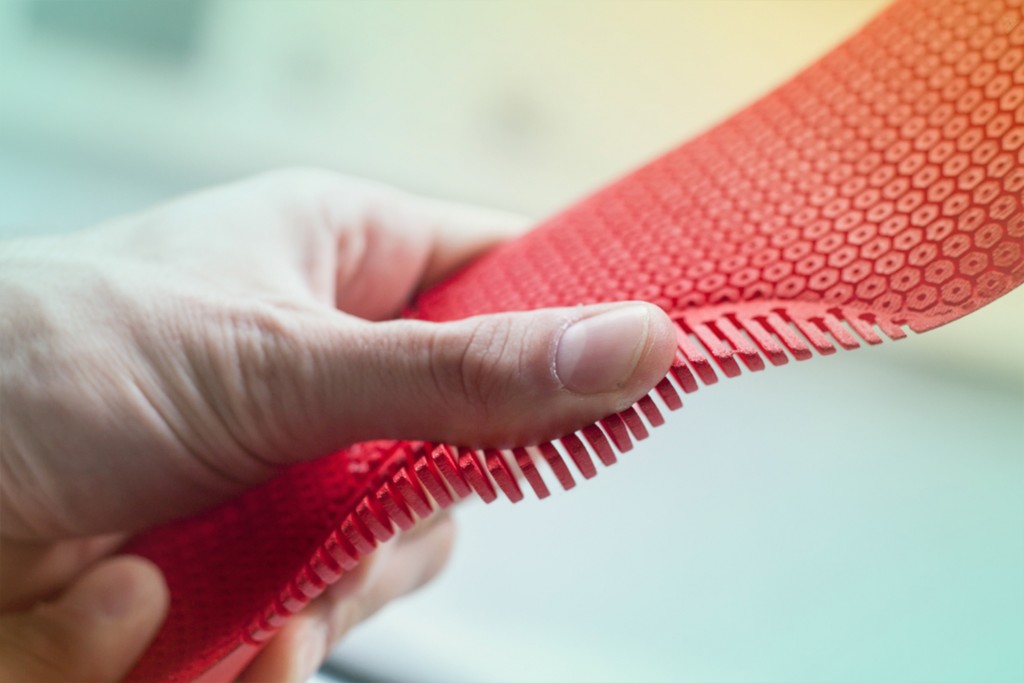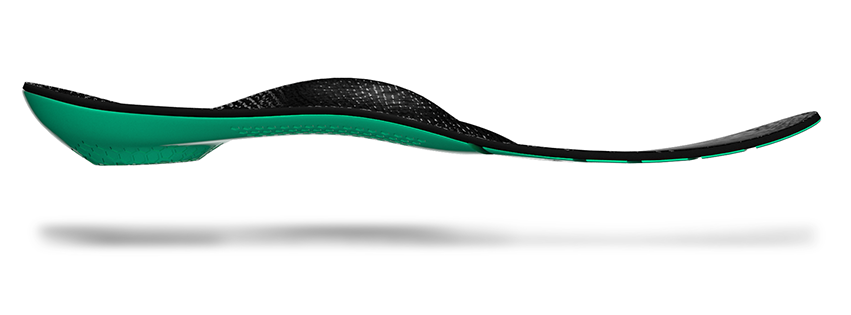Wiivv Wearables is Vancouver-based company that makes biomechanically optimized custom insoles with 3D printing. And, now, their high-tech orthotics just got a major push from global 3D printing materials company Evonik via a joint investment with Silicon Valley-based Formation 8 and Real Ventures, Canada’s largest seed investor. The amount invested in Wiivv Wearables is not being disclosed, but the start-up is expected to have enough to kick into gear in the Fall of 2015.
Wiivv Wearables’ mass production of individualized, additively manufactured insoles is a far cry from typical small production runs or the additive manufacturing of prototypes. Eventually, Wiivv wants to incorporate electronic sensors into its orthotics that collect and record dynamic data. This data will produce movement profiles that can aid professional athletes in optimizing their movement sequences, as well as help predict and measure the fatigue level of workers on their feet.
Currently, the US market for insoles is growing at between 4 and 5 percent per year and the business of orthotics is estimated to be a 4.5 billion dollar industry. Dr. Bernhard Mohr, head of Venture Capital at Evonik says, “Wiivv’s business is an ideal match for Evonik. Through our investment in Wiivv, we’re supporting the market launch of one of the first individualized mass-produced articles to be manufactured by 3-D printing. This also gives Evonik access to the highly innovative growth market for wearables, which are electronics worn on the body.”
Shamil Hargovan, one of the founders of Wiivv is also thrilled about having 3D materials leader Evonik on board, saying, “We’re delighted to have gained in Evonik a strategic investor with extensive technical and materials science expertise in 3-D printing with polyamide 12.”
Wiivv uses selective laser sintering to print their insoles with Evonik’s specialty polymide 12 nylon material, polymide 12. They’ve also developed, with a team of biomechanics researchers, a special software to render the insoles that relies on three photos of a customer’s foot, taken on a mobile phone and sent to the production facility. The photos are plugged into the software and translates the individual properties of the foot to create a model of a biomechanically optimized 3D insole for that particular individual. The facility in San Diego, California can 3D print, in minutes, what would take much longer to customize and build in a traditional manual manufacturing setting.
As part of Evonik’s venture capital activities the company plans on investing 100 million euros in breakthrough technology startups, specifically focusing on U.S., Asian and European firms. As one of them, Wiiv Wearables may be ready to hit the ground running.




